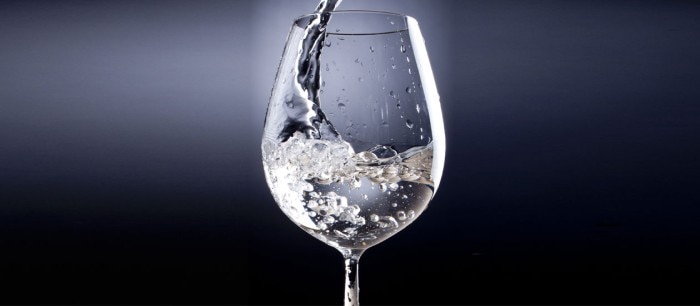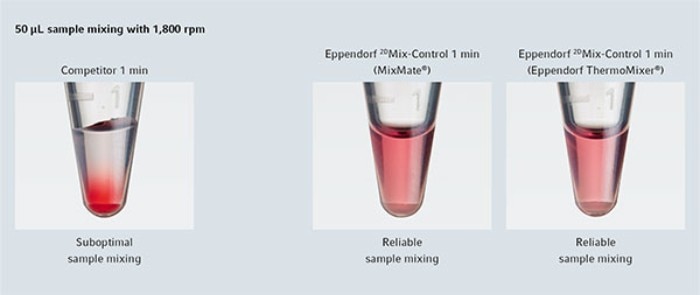MENU
MY | MYR
MY | MYR
-
- Benchtop Centrifuges
- Floor-Standing Centrifuges
- Refrigerated Centrifuges
- Microcentrifuges
- Multipurpose Centrifuges
- High-Speed Centrifuges
- Ultracentrifuges
- Concentrator
- High-Speed and Ultracentrifuge Consumables
- Centrifuge Tubes
- Centrifuge Plates
- Device Management Software
- Sample and Information Management
You are about to leave this site.
Please be aware that your current cart is not saved yet and cannot be restored on the new site nor when you come back. If you want to save your cart please login in into your account.
No results found
Search Suggestions

Facing Irregular Mixing Results in Your Microtube?
Jan Bebermeier Lab Academy
- Mixers & Shakers
- Essay
Mixing 50, 100, or even 1,000 mL is a simple process. Due to the available volume you can easily create a vortex within your vessel, resulting in very well mixed samples. Low volume mixing is different. Special processes are needed to avoid capillary effects, meaning stuck liquid samples.
Reliable sample mixing is far beyond simple mixing, especially when talking about microliter volumes. Microtubes or microplates of 200 µL or 500 µL volume have a very small diameter of a few millimeters. A droplet of e.g. 50 µL tends to stick in one droplet which is moved around by the mixing process. Due to this droplet movement, there is no real mixing within the droplet. As a result, your sample is not mixed within itself but steadily shifted around within the vessel.
Read more
Read less

This mixing can be shown by a topview time-lapse photography of controlled mixing. The pictures show the same well of a skirted Eppendorf twin.tec® PCR Plate 96, filled with 75 μL of water with dye Ponceau 4R. The first picture on the left shows a sample without mixing. Picture two-to-five show a controlled mixing at 1,650 rpm mixing speed (4 time-lapse photos). The droplet clearly changes its shape, resulting in internal mixing processes.
The 2D Mix-Control technology enables liquid mixing in a very controlled, circular movement. Besides the efficient mixing, the lack of chaotic splashing enables mixing without lid wetting or cross-contamination.
The 2D Mix-Control technology enables liquid mixing in a very controlled, circular movement. Besides the efficient mixing, the lack of chaotic splashing enables mixing without lid wetting or cross-contamination.
Read more
Read less
Mixing Comparison
Read more
Read less

Mixing a liquid sounds easy. But this set of pictures show the gap between suboptimal mixing and reliable sample mixing. Especially when cost-intensive downstream applications will follow the mixing process, a 100% and reliable mixing of your samples is mandatory.
Read more
Read less

